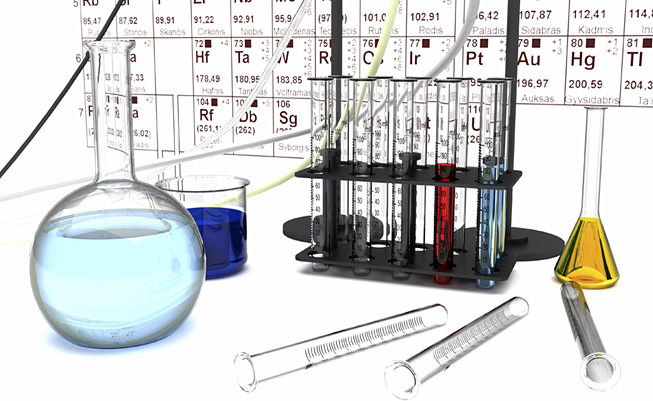Great Moments in Packaging No 1: Polythene

Polythene has more uses in modern day packaging than almost any other product, some of the most popular being in bubble wrap, layflat tubing and the much maligned polythene bag.
As with so many great ideas, the discovery of polythene was an accident. Actually, let’s rephrase that: the discovery of polythene was quite unusual in that it was the result of at least three accidents.
So what exactly is polythene?
Let’s get the science bit out of the way first: poly(e)th(yl)ene is a polymer of ethylene – essentially a whole bunch of ethylene molecules stuck together in a chain (I’d be very grateful if no chemistry experts comment on this). Ethylene is an organic compound which, among other things, serves as a hormone in plants, acting at trace levels throughout the life of the plant by stimulating the ripening of fruit, the opening of flowers, and the shedding of leaves. Which actually makes it sound quite sweet, doesn’t it? Depending on the conditions under which it is polymerised, the structure and density are affected to produce either something extremely tough which can be used in a bulletproof vest or make a washing-up bowl, or something soft and flexible such as stretch film or a plastic bag.
A bit of history
In 1898, a German chemist named Hans von Pechmann was, for reasons best known to himself, heating some diazomethane, an activity to be undertaken with considerable care as it is an extremely sensitive explosive yellow gas which also happens to be highly toxic by inhalation. When he’d finished risking life, limb and lung, he discovered at the bottom of his test tube a white waxy substance. Not really knowing what to do with it, he passed it to some colleagues who called it polymethylene, before promptly forgetting about it again.
In 1933, Eric Fawcett and Reginald Gibson, a pair of English scientists working for ICI, were trying do something clever and complicated involving the reaction of ethylene with benzaldehyde under very high pressure and at 180°C. Like Herr von Pechmann, they found they had unexpectedly and accidentally created polythene, but, unlike him, recognised it as something with potential and tried to repeat the experiment. It was at this point that the third recorded accident took place, being an explosion and fire.
ICI sensibly called a halt at this point, but a couple of years later another of their scientists, Michael Perrin, picked up the reins, with the sensible precaution of doing it in an isolated lab with walls a foot thick. At last (after a few attempts), polythene was created deliberately and successfully. Its use as an electrical insulator was quickly discovered and became massively useful as war erupted, insulating high frequency radar cable.
Going with a bang!
The world’s first polythene production plant in Winnington, Cheshire, actually went into production in 1939 on the very day Germany invaded Poland. But a problem soon became apparent, in that every few years it blew up. For a while they understandably tried to stop this, but once they realised it was cheaper to rebuild the plant from prefabricated units, than to stop production for the two weeks necessary to let everything cool down…well, they let it. And so it was that every now and then a siren would sound, telling workers to retire to a safe distance from where they could watch everything blow up. They were actually able to return just a couple of hours later to start production again.
And the people who discovered it? Dr von Pechmann died in 1902, aged just 52; whether this was the result of inadvisable experiments with dangerous chemicals is unrecorded. Each year the Royal Society of Chemistry presents the Fawcett-Gibson Award (named after Eric and Reginald) to recognise original and independent contributions to materials chemistry; blowing up the lab in the process is not apparently obligatory. Michael Perrin, meanwhile, went on to direct Britain’s atomic bomb programme which, along with his vital role in the development of polythene, has made him a favourite with environmentalists everywhere.
Dave Smith
Latest posts by Dave Smith (see all)
- An environmental guide to plastic carrier bags - 22nd June 2015
- Millimetres and litres: a guide to choosing the right sized box - 11th June 2015
- The Davpack Christmas Sale – There’s More! - 12th November 2014
